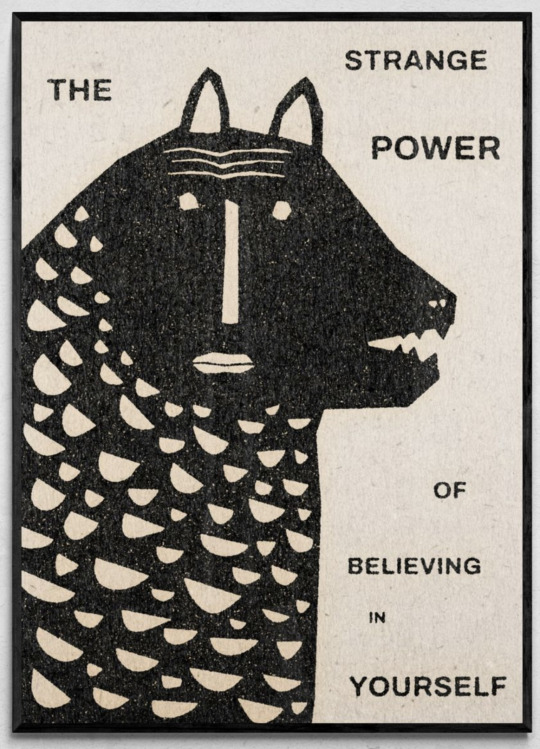Text
the inherent homoeroticism of reparing your robot best friend’s interior cables
13K notes
·
View notes
Text
*survives the horrors by being such a silly goofy guy that my presence fundamentally changes the genre*
163K notes
·
View notes
Text

The right hand that knows what the left is doing. Giovanni Gasparro, 2011
14K notes
·
View notes
Text



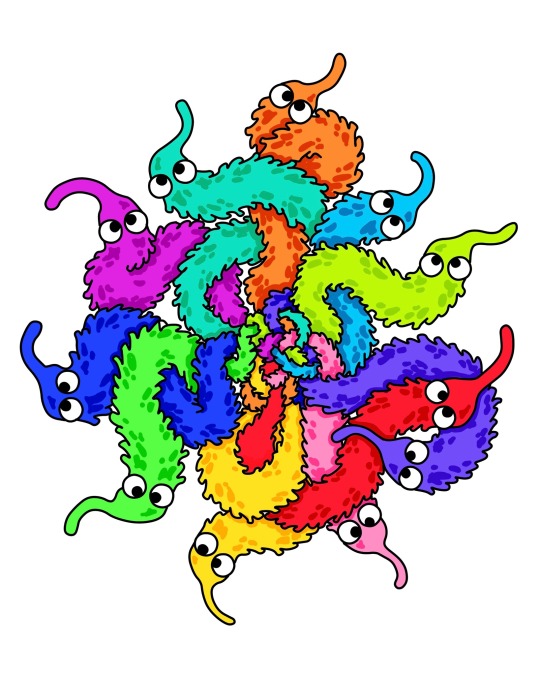
I feel like this flash sheet will do better here than insta y’all are worm appreciators on this site
Btw I’m a tattoo artist in Chicago if these worms find u well and u want one on your bod hmu at bogwater.taffy on insta
#worm on a string#worm#tattoo#chicagotattooartist#pls appreciate worm king I broke my brain drawing it tee hee
127 notes
·
View notes
Photo

Cliff Hengst - The Violets In The Mountains Have Broken The Rocks, 2016
2K notes
·
View notes
Text
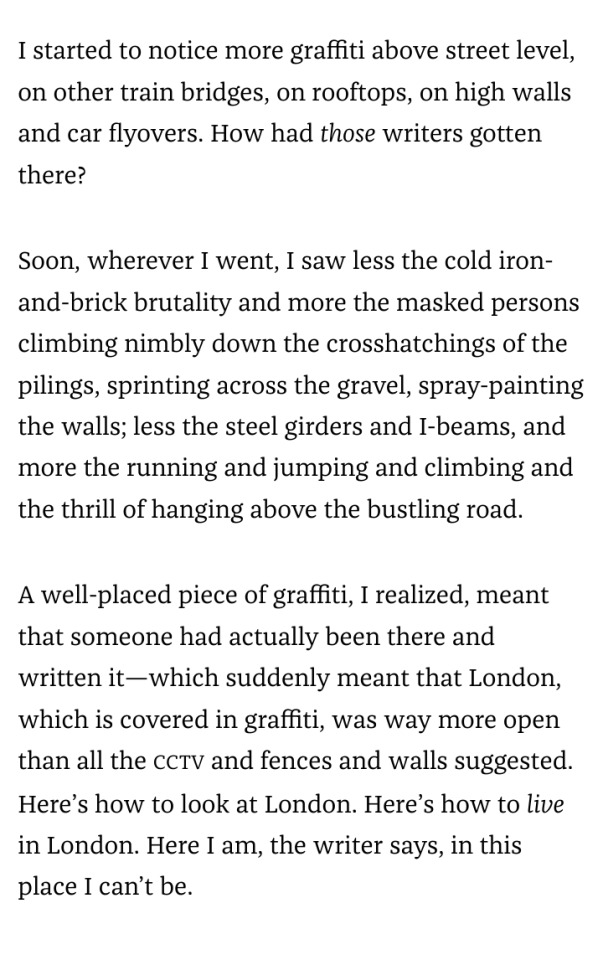
Clement Gelly, “Graffiti, Through Grief and Discovery”, pub. Hazlitt [transcript in ALT]
37K notes
·
View notes
Text
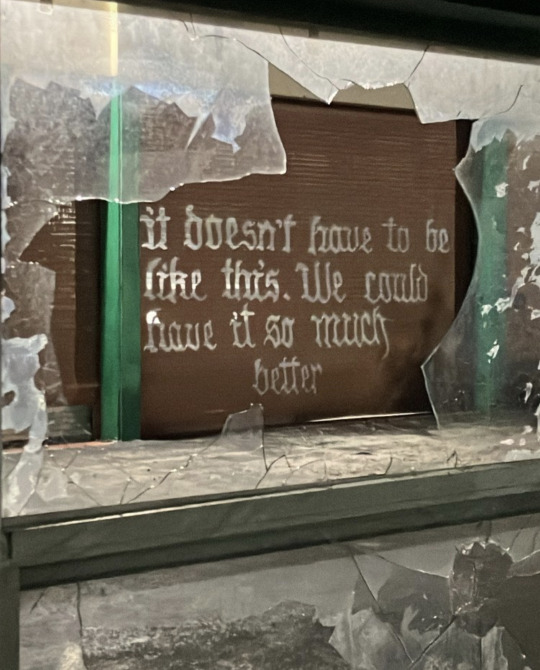
"It doesn't have to be like this. We could have it so much better"
Calligraffiti in Chicago, Illinois
60K notes
·
View notes
Text
106K notes
·
View notes
Text
folks you need to understand that the eradication of trained artists and designers is a much, much, much bigger threat to arts and culture than IP laws.
30K notes
·
View notes
Photo
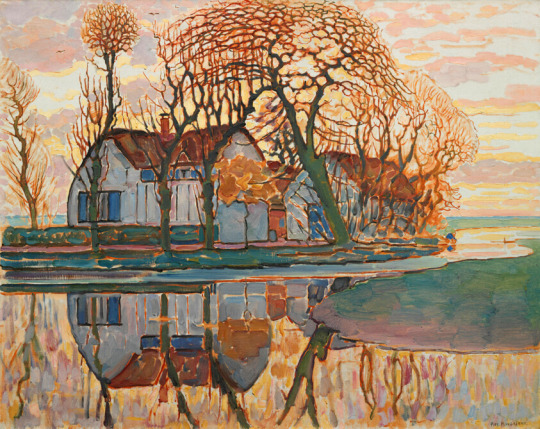
Piet Mondrian
Farm near Duivendrecht
1911–1921
Oil on canvas
Signed, l.r.: “Piet Mondriaan”
34 × 42 ½ in. (86.3 × 107.9 cm)
1K notes
·
View notes
Text



The Thing (1982) - dir. John Carpenter
Concept art for The Thing (1982)
3K notes
·
View notes
Text





A team of Indigenous Yucuna women in the Colombian Amazon are rescuing and documenting the remaining oral knowledge on bees and their roles in the ecosystem, along with the traditional classification system of diverse bee species. With the help of nine elders, they are documenting and sketching tales and songs to gather bee names, characteristics, behaviors, roles in their crop fields and the places where bees build beehives. […]
Je’chu […]. “He is […] our grandfather,” narrates Carmenza Yucuna Rivas, leader of the Miriti-Parana Indigenous Reserve in Colombia, located in the Amazon Rainforest. […] “Beehives […] give us the opportunity to create chakras [food gardens typically using an agroforestry model with divers plant species] […]. They let us have something to cultivate […] in the first place.”
To rescue and document the remaining oral knowledge of the origin of bees in their culture and their importance to their ecosystems and territory, Carmenza is leading research about these species with 36 women from the 12 communities part of the Indigenous reserve. […]
—
Since the second half of 2020, Carmenza and her colleagues have been going to each of the communities and speaking to elders to gather information, such as tales and songs that talk of the origin of the bees. They also draw […]. Each of them has taken the task of sketching the stories on paper to describe the insects.
Their aim is to classify the bees according to the cultural system of the Yucuna-Matapí, Tanimuca-Letuama, and Tuyuca-Macuna peoples, including their names, characteristics, and the places where they build the beehives.
—
Carmenza describes one by one the most relevant bees in the territory. The munumunú are the Melipona, that is, the bees that produce honey; the mapa or mapachara are the ones that produce the wax that is used for healing and rituals; the mapakayuna are small and live next to the crops to guarantee their productivity; and the jiñuna “are a great species,” says Carmenza. They live in the Yavarí coconut trees on the river shore where they build huge yellow beehives. […] Carmenza says that even with the research process and its results, the findings and daily learnings keep surprising them. […]
—
“We’ll take all this knowledge to schools so that teachers can share it with the kids and show them the tales, the drawings, and the classifications and talk about the value of bees in culture. But also, so that they know that bees aren’t beings without importance,” says Carmenza. “They care for us without realizing it. They, through the pollination of trees and flora, help the world breathe.”

—
Headline, images, captions, and all text published by: Astrid Arellano, as translated by Maria Angeles Salazar. “Indigenous women record age-old knowledge of bees in Colombia’s Amazon.” Mongabay. 8 February 2023. [Originally published by Arellano as “El origen de las abejas: la importancia del conocimiento ancestral indígena para salvarlas en Colombia” at Mongabay’s Latam site on 12 August 2022.]
7K notes
·
View notes

